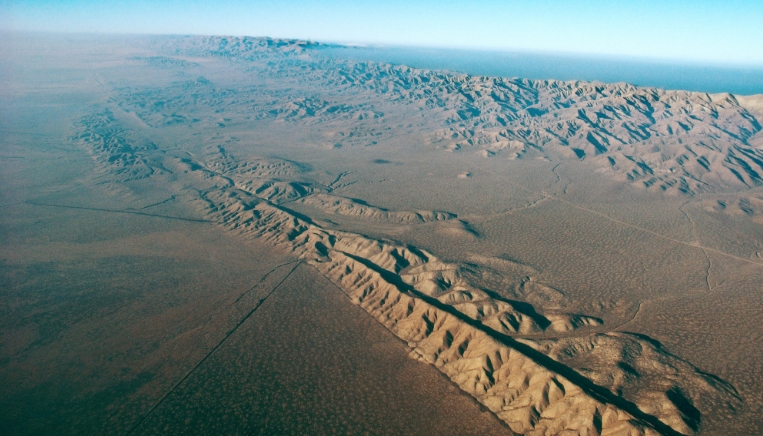# Understanding Diastrophism: Theories and Causes
## What is Diastrophism?
Diastrophism is the process of deformation in the Earth’s crust. It involves the movement and distortion of rocks due to various forces. This phenomenon shapes landscapes and creates mountains, valleys, and other geological features.
## Theories Behind Diastrophism
### Tectonic Plate Theory
The tectonic plate theory is the most widely accepted explanation for diastrophism. It states that the Earth’s crust consists of moving plates. These plates interact at their boundaries, causing stress. This stress results in earthquakes, volcanic activity, and the uplift or subsidence of land.
### Isostatic Adjustment
Isostatic adjustment explains how the crust responds to changes in weight. When glaciers melt, the land beneath rises. Conversely, when sediment accumulates, it pushes the crust down. This balance is crucial for understanding how diastrophic processes occur over time.
### Thermal Convection
Thermal convection in the Earth’s mantle also drives diastrophism. Hot material rises and cool material sinks, creating convection currents. These currents can push tectonic plates apart or together, inducing deformation.
## Causes of Diastrophism
### Internal Forces
Internal forces arise from the Earth’s heat. The intense pressure and temperature in the mantle cause rocks to behave plastically. This plasticity allows them to bend and fold under stress, leading to diastrophic changes.
### External Forces
External forces, such as erosion and weathering, can also contribute to diastrophism. These forces alter the surface of the Earth, changing pressures on the crust. They can lead to shifts, resulting in faulting or folding of rocks.
## Conclusion
Diastrophism is a complex process shaped by both internal and external factors. Theories like tectonic plate movement and isostatic adjustment help us understand these changes. By studying diastrophism, we can gain insight into the Earth’s past and its ongoing evolution.

